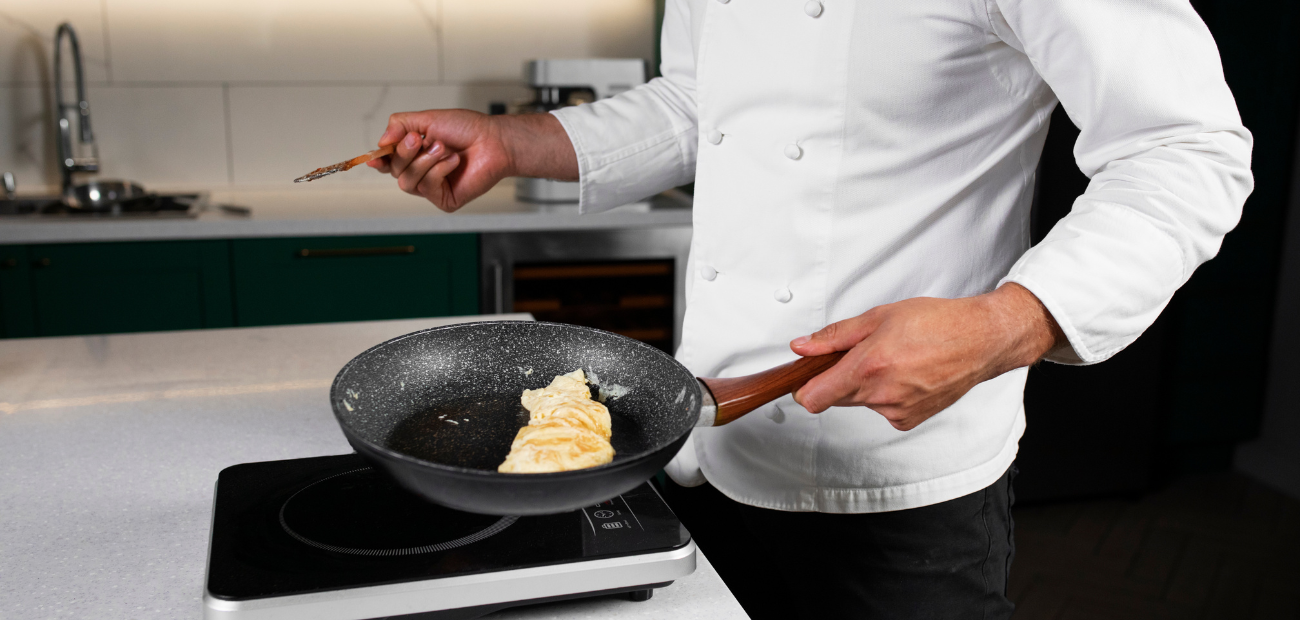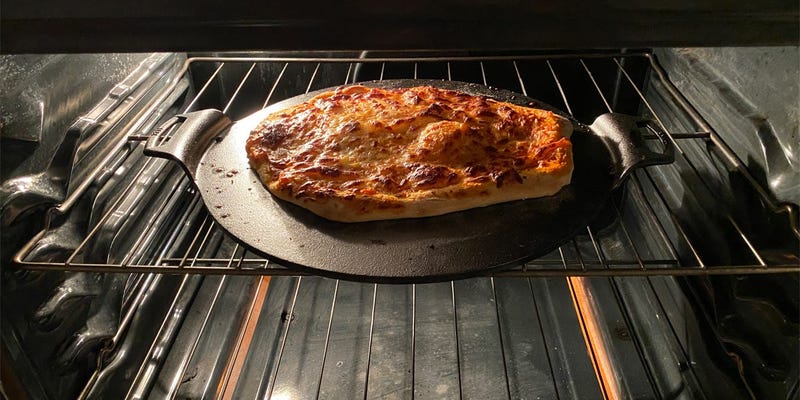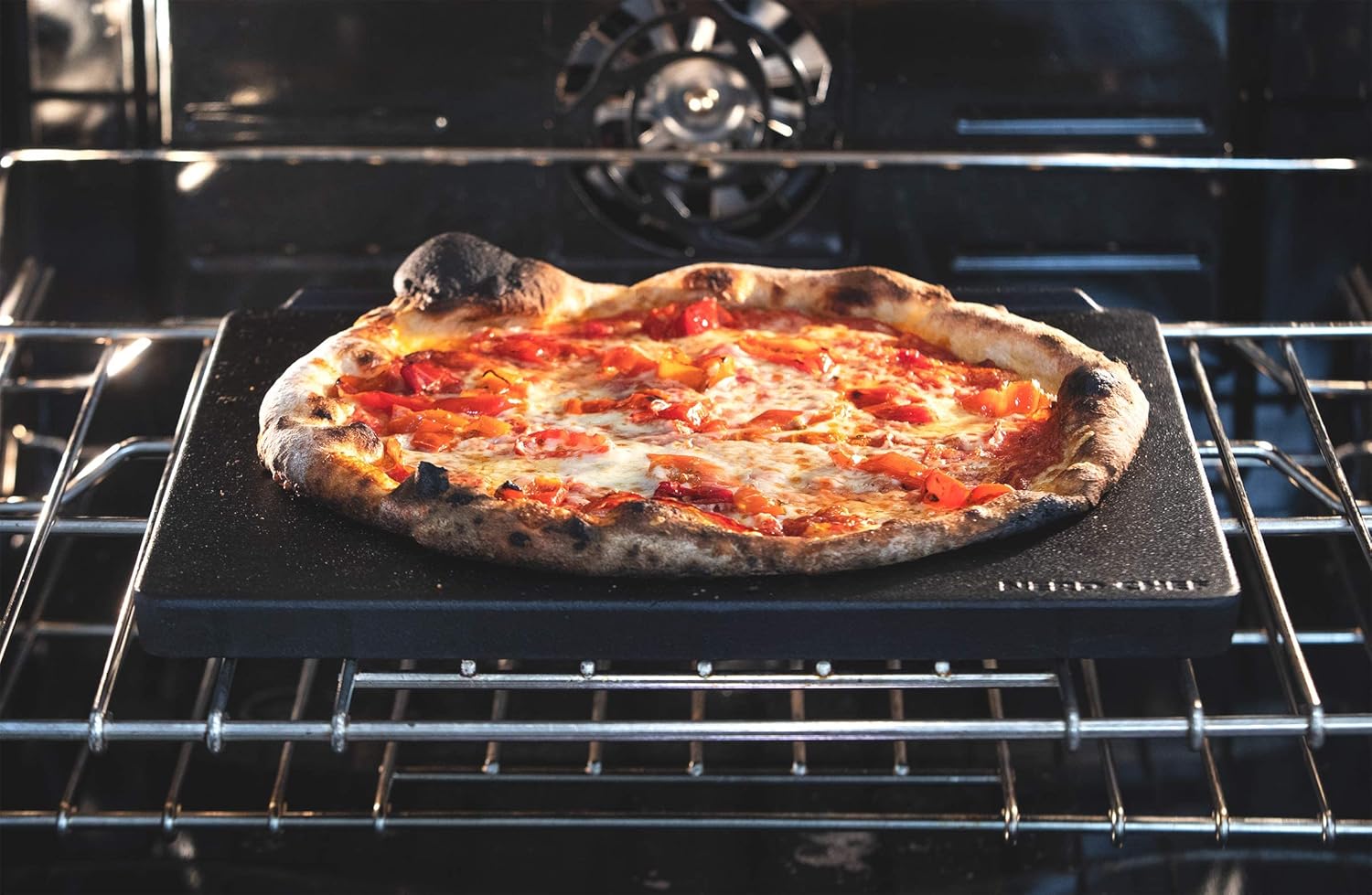In the bustling world of professional kitchens, efficiency and safety are paramount. As a kitchen professional, you're always on the lookout for tools and techniques that enhance these aspects. One such tool that has gained popularity is the glass-top induction cooktop. However, when it comes to using cast iron cookware on these sleek surfaces, many questions arise about safety and practicality. This article delves into the intricacies of glass-top induction safety with cast iron to ensure you're making informed decisions for your culinary environment.

The Appeal of Induction Cooking
Induction cooking has revolutionized the way professionals approach their craft. Unlike traditional gas or electric stoves, induction cooktops use electromagnetic fields to directly heat the cookware, ensuring precise and quick temperature control. This method not only speeds up the cooking process but also enhances energy efficiency, a critical factor in a busy kitchen setting. For more insights on how to balance textures in your meals using induction cooking, check out this guide.
Why Cast Iron?
Cast iron remains a favorite among chefs for its superior heat retention and even cooking surface. Its ability to sustain high temperatures makes it ideal for searing and frying, while its durability ensures longevity. However, pairing cast iron with a glass-top induction cooktop requires a deeper understanding of the interaction between the materials. If you're curious about energy usage when using cast iron on induction, explore this article.
The Science Behind Induction and Cast Iron
Induction cooktops work by generating an electromagnetic field that induces a current in the cookware, effectively heating it. For this process to work, the cookware material needs to be ferromagnetic. Fortunately, cast iron fits the bill perfectly. But, the weight and rough texture of cast iron can pose challenges for the delicate glass surface of induction cooktops.
Precautions for Glass-Top Induction Safety
1. Check the Cookware's Base: Ensure that the base of your cast iron cookware is smooth. A rough or uneven base increases the risk of scratching the glass surface. Regular maintenance and seasoning can help keep the base smooth.
2. Mind the Weight: Cast iron is heavy. When placing or removing it from the cooktop, avoid dragging. Lift the cookware to prevent scratches and potential cracks in the glass.
3. Use a Heat Diffuser: Consider using a heat diffuser to distribute the weight and heat more evenly, minimizing the risk of damaging the cooktop.
4. Monitor Temperature Settings: Induction cooktops offer precise temperature control, so use it to your advantage. Avoid overheating the cast iron as this can cause damage to both the cookware and the cooktop.
Common Myths and Misconceptions
There's a common myth that cast iron cannot be used on induction cooktops. This is not true. As long as the cookware is ferromagnetic and the necessary precautions are taken, cast iron can be an excellent companion to induction cooking. For an in-depth look at the compatibility of cast iron with induction, visit this resource.
Benefits of Using Cast Iron on Induction
Despite the challenges, the combination of induction cooktops and cast iron cookware offers several benefits:
- Energy Efficiency: Induction cooktops are known for their efficiency. Coupled with the heat retention properties of cast iron, this combination can lead to significant energy savings.
- Controlled Cooking: The precise temperature control of induction cooktops allows for more controlled cooking, enhancing the quality of dishes prepared with cast iron.
- Versatility: From searing meats to baking bread, the versatility of cast iron is unmatched, making it a staple in any professional kitchen.
Conclusion: Making the Most of Your Tools
In conclusion, while there are some considerations to keep in mind, the synergy between glass-top induction cooktops and cast iron cookware can enhance the efficiency and quality of your culinary endeavors. As a kitchen professional, understanding the dynamics between these tools empowers you to maximize their potential. For more tips on using cast iron with induction, explore this blog.

FAQ
Can all cast iron cookware be used on induction cooktops?
Yes, as long as the base of the cookware is smooth and the cookware is ferromagnetic, it can be used on induction cooktops.
How can I prevent scratches on my glass-top induction cooktop?
To prevent scratches, ensure the base of the cookware is smooth, lift the cookware instead of dragging it, and consider using a heat diffuser.
Is induction cooking more energy-efficient than traditional methods?
Yes, induction cooking is generally more energy-efficient as it directly heats the cookware, reducing energy wastage.






Leave a comment
This site is protected by hCaptcha and the hCaptcha Privacy Policy and Terms of Service apply.